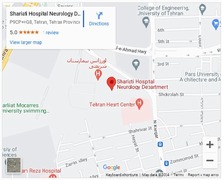acromegaly
Predictors of biochemical and structural response to medical therapy in patients with active acromegaly following surgery: a real-world perspective
Somatostatin receptor analogs (SRAs) and dopamine agonists (DAs) are the main medical treatments for patients with acromegaly who fail to achieve remission after surgery. We aimed to explore the potential role of select clinical, biochemical, and radiological factors in predicting biochemical and structural responses to medical therapy in a real-world setting

The mean age of the participants was 41.5 ± 11.7 years. They were followed for a median of 27.6 (19.2-43.2) months. At the last visit, TBR and BC were achieved in 48.3% and 51.7% of the patients. Moreover, 51.4% of the patients showed a structural response. Applying the age-sex adjusted model, post-operative IGF-1 was inversely associated with TBR [OR 0.34, P = 0.006] and BC [OR 0.30, P = 0.004]. Moreover, Knosp grading < 3 compared to ≥ 3, and T2-hypointensity compared to the non-T2-hypointensity were associated with higher odds of TBR [OR 3.98, P = 0.04], [OR 27.63, P = 0.01], and BC [OR 5.80, P = 0.01], [OR 35.15, P = 0.01], respectively.



comment